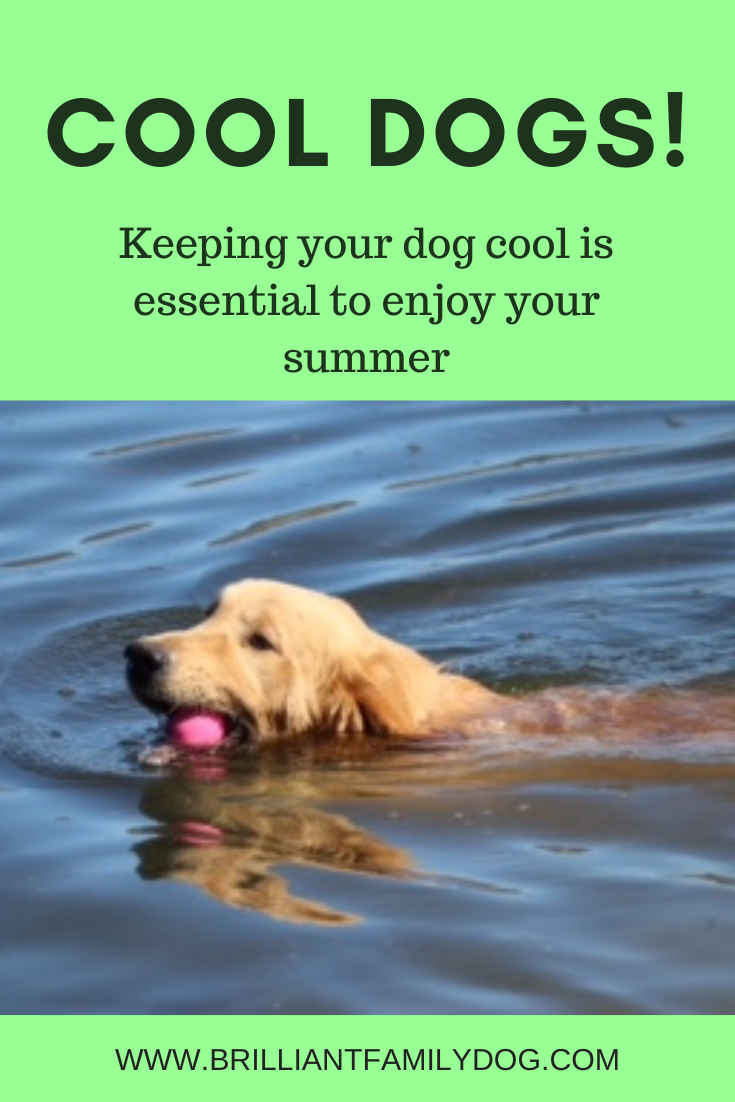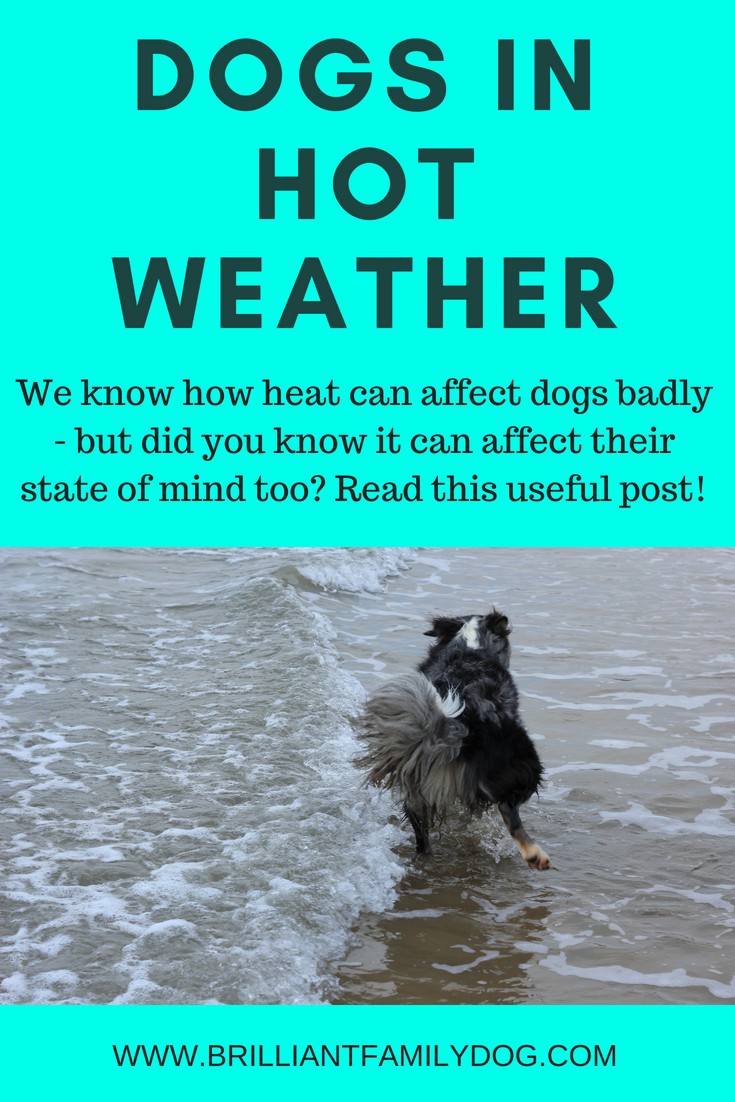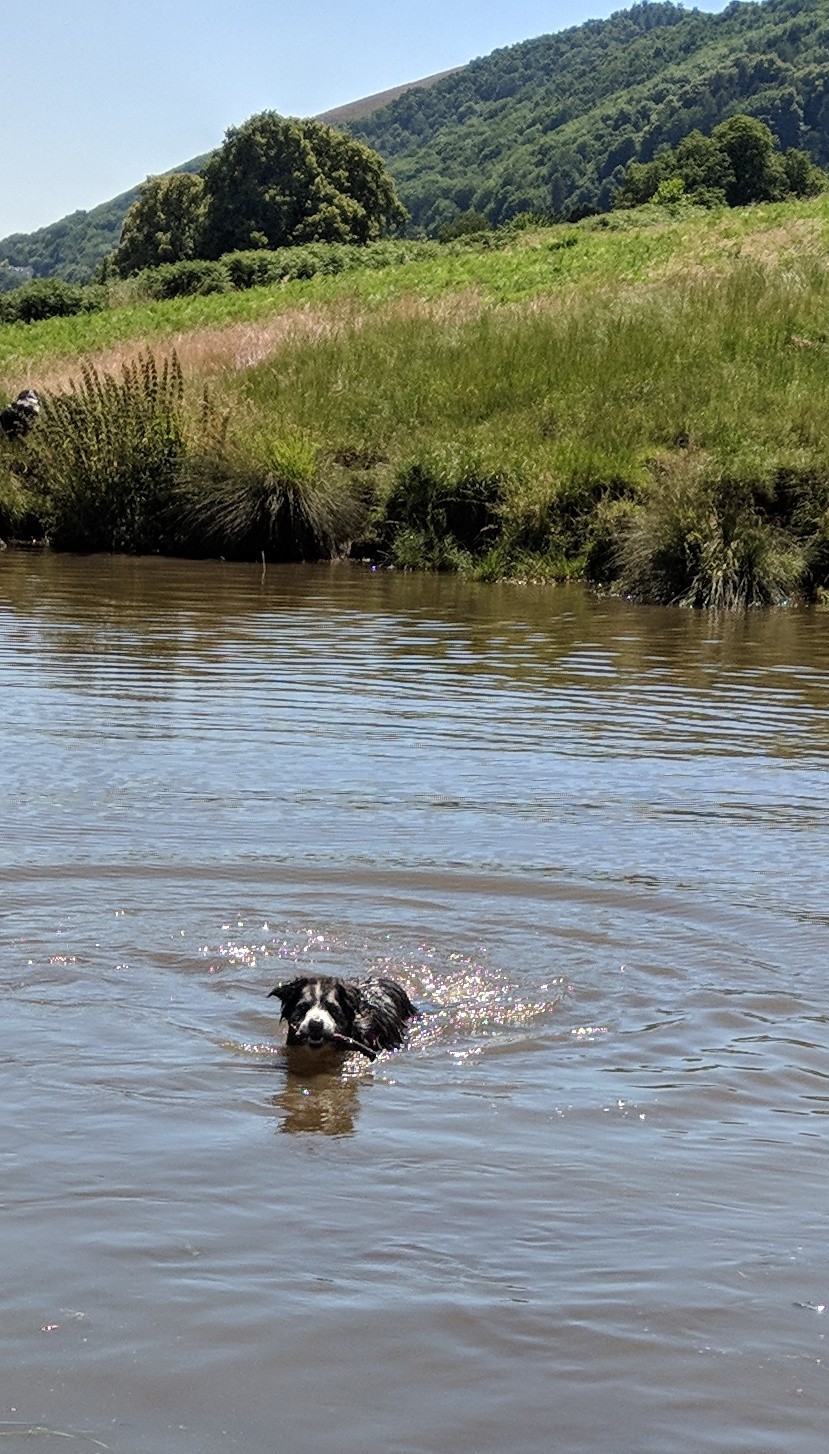We’re having a heatwave! That is, we in England.
Readers from warmer states and countries may be baffled by our excitement. But extreme weather is relatively rare in our temperate climate. Our homes, our lifestyles, and our infra-structure, are not designed for extreme heat or cold.
We’re always caught out in the very occasional winter blizzard, because it’s not worth the huge national investment to cope with just two or three days of deep snow.
Similarly, we’re not used to heatwaves, and this week they’re threatening 40°C - that’s 104°F - and that’s HOT!
So as a nation, what do we do? We jump in our boiling hot cars, and drag the whole family miles to a crowded beach, wear them out, then drag them all home in the same traffic jams.
Madness!
And especially mad if you have a dog in the mix.
Hot cars
We just about all know by now, that dogs die in hot cars (even with the windows open). So thankfully that doesn’t happen as much as it used to.
In fact, most heatstroke victims vets see now, are as a result of a walk in hot weather. If the dog is not used to walks anyway, and is suddenly whisked off for a huge long tramp in the blazing heat, this is a recipe for disaster.
At the moment we have a very cooling breeze where I live. But should the breeze drop and the temperature shoot up, my dogs will be skipping their regular walks.
But what if the worst happens and your dog is suffering early signs of heatstroke?
(If he’s actually collapsed - you need a vet fast. Less than 10% of dogs can be saved at this stage.)
It doesn’t have to be that hot
Surprisingly, perhaps, it doesn’t need to be that hot for a dog to suffer heatstroke. Wildly racing about in moderately warm weather can be enough to bring it on. Puppies - who can’t manage their thermostats at all well yet - are particularly vulnerable.
So what to do?
Here, straight from the horse’s mouth, aka the RSPCA, is some good info:
“Dogs suffering from heatstroke urgently need to have their body temperature lowered gradually for the best chance of survival.
Here's what to do:
◆ Move the dog to a shaded and cool area
◆ Immediately pour cool water (not cold water to avoid shock) over the dog. Tap water (15-16°C) has been found to be the most effective at cooling dogs with heat-related illnesses. In a true emergency, any water is better than nothing.
◆ Wet towels placed over the dog can worsen the condition, trapping heat. In mild cases towels can be placed under the dog, but never over, and in a true emergency water immersion or pouring water with air movement is ideal.
◆ Allow the dog to drink small amounts of cool water
◆ Continue to pour cool water over the dog until their breathing starts to settle, but not too much that they start shivering
◆ Dogs that have lost consciousness will stop panting, despite still having a very high temperature, these dogs require urgent aggressive cooling as a priority.
◆ Throughout the treatment of heatstroke try to avoid pouring water on or near your dog's head, as there is a risk of them inhaling water which could lead to drowning, especially for flat-faced and unconscious dogs.
◆ Once the dog is cool, take them to the nearest vet as a matter of urgency.”
They also point out that the dogs most vulnerable to heatstroke are the young, the old, those with thick coats, and short-nosed (brachycephalic) dogs.
Is your dog on that list?
Look out for water
If you do decide the temperature is safe to walk your dog, watch out for water sources on your route, in case you urgently need it.
By the way - a great tip for you: put your hand flat on the pavement. Too hot for your hand? Then it’s also too hot for your dog’s paws!
Enjoy your hot weather safely, by enjoying dozing and relaxing with your dogs in the shade. Your busy activities and long walks can be resumed as soon as the weather is back to normal.






